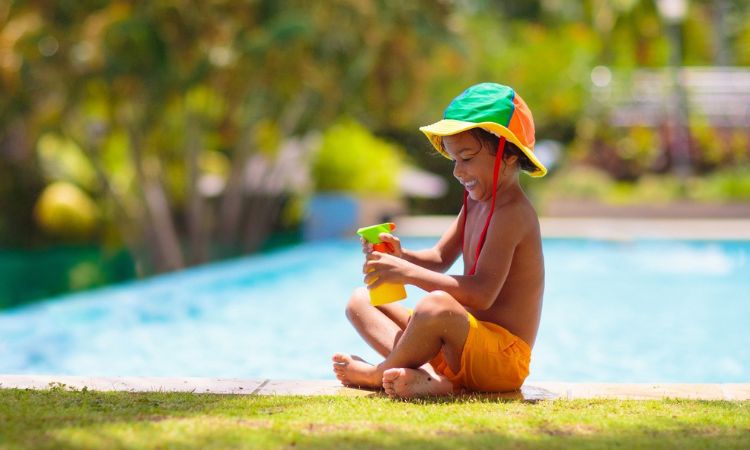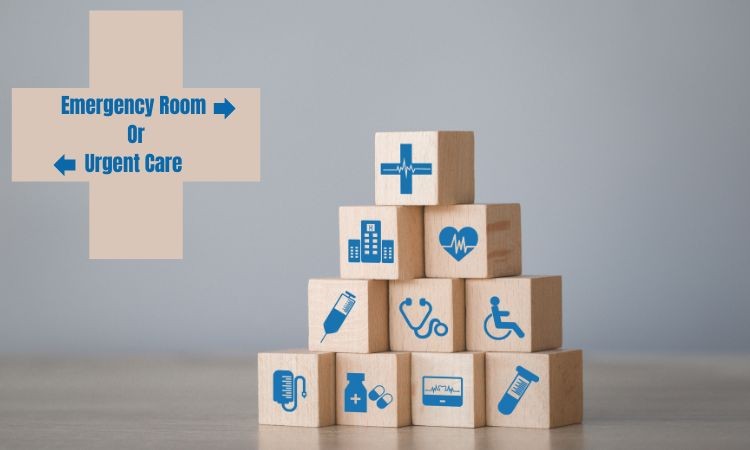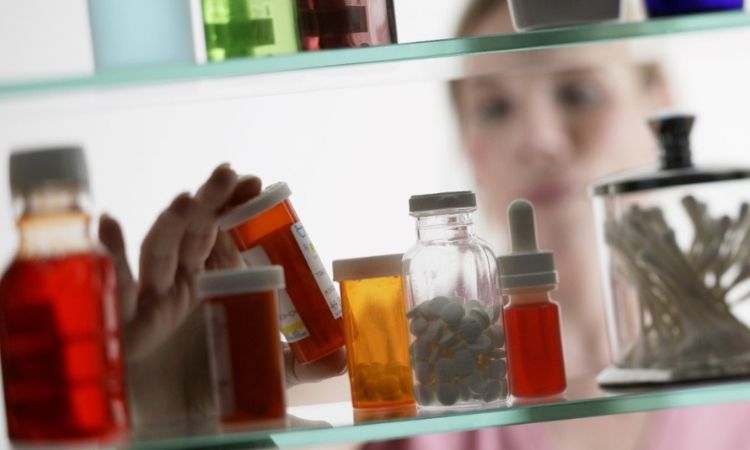Proper Oral Hygiene for Children of Every Age Group
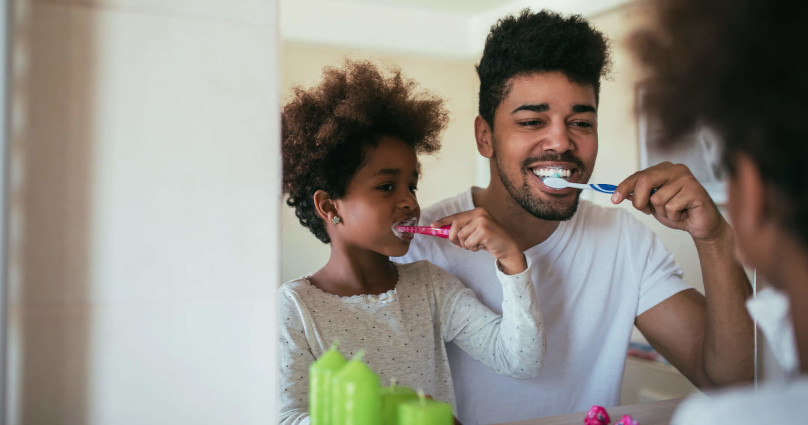
As a dental hygienist, I am frequently asked about how to approach oral hygiene for children. Parents often ask me: “when should children’s dental care start?” The answer is as soon as possible. Tooth brushing in children should be done by parents or caregivers and continue up to 8 to 10 years of age because many have not yet acquired the motor skills to do it themselves properly. In this blog, I will explain how to properly care for your children’s teeth and discuss recommended best practices for each age group.
HHLI’s Guide to Oral Hygiene for Children
Infants
Oral care in infants should be conducted with clean gauze or cloth soaked in cold water. It is done by wrapping it around the finger and gently inserting it to clean the baby’s gums, tongue and cheeks. This oral hygiene for children technique should help remove any milk residue left in the mouth that can promote bacterial growth and cause a bad odor. This should be done twice a day.
I also recommend parents avoid kissing their babies on the mouth since we can easily transmit our bacteria to the baby. In addition, it’s not recommended for parents to lick their infant’s feeding supplies such as bottle nipples, pacifiers, and spoons since bacteria can be transmitted this way as well.
Ages 0-2
Once the first tooth comes in, it is officially time to introduce a brush. It’s recommended to start using a silicone finger brush/toothbrush. Water alone is sufficient to start cleaning the child’s teeth, but fluoride-free toothpaste is available.
The use of fluoride toothpaste at this age is optional depending on whether your child has obtained the skill to spit. Remember to brush the tongue as well! Many toothbrushes have a tongue scraper on the opposite side of its head.
Ages 3-5
Imitation and creating early healthy habits are key to good oral hygiene for children. Brushing every night with a parent is a great way for a child to learn and create good habits. Keep in mind that at this age group, parents are often the ones to assist children by brushing their teeth for them.
Once the toddler shows the ability to spit and there is no longer the risk of swallowing the toothpaste, you can introduce fluoride toothpaste onto a child’s soft bristle brush.
Ages 6+
This age group has toothbrushes available according to the size of their mouth. Emphasize that all the surfaces of the teeth have to be brushed, the inside and outside, the palate and the tongue as well.
Kids this age or younger can start flossing too. This will remove everything the toothbrush leaves behind and will prevent interdental caries. Kids aged six and up can brush on their own with a parent’s supervision and get a second brushing if needed.
 Ages 10-12
Ages 10-12
Children at this age can use adult toothbrushes and regular fluoride toothpaste. Brushing should be done two to three times a day. They can also practice flossing and the use of mouthwash if desired.
Introduce Good Oral Hygiene Habits Early
It is important to let children discover interesting things about their own mouths. We can help them get excited about good oral hygiene is by making it fun for them, making it a family bonding experience, and picking the right dentist! Their first dental visit should be by their first birthday or six months after the eruption of their first tooth. Introducing good oral hygiene habits at a young age will reduce the number of cavities and dental diseases in the years to come.
To put your child on the path towards a lifetime of healthy teeth and gums, request an appointment at a Harmony Healthcare Long Island location in your neighborhood.


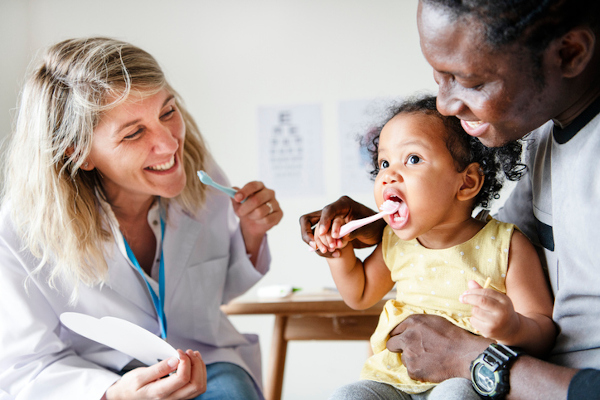
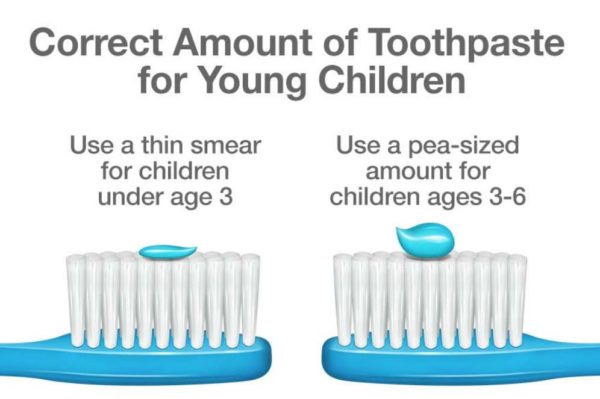
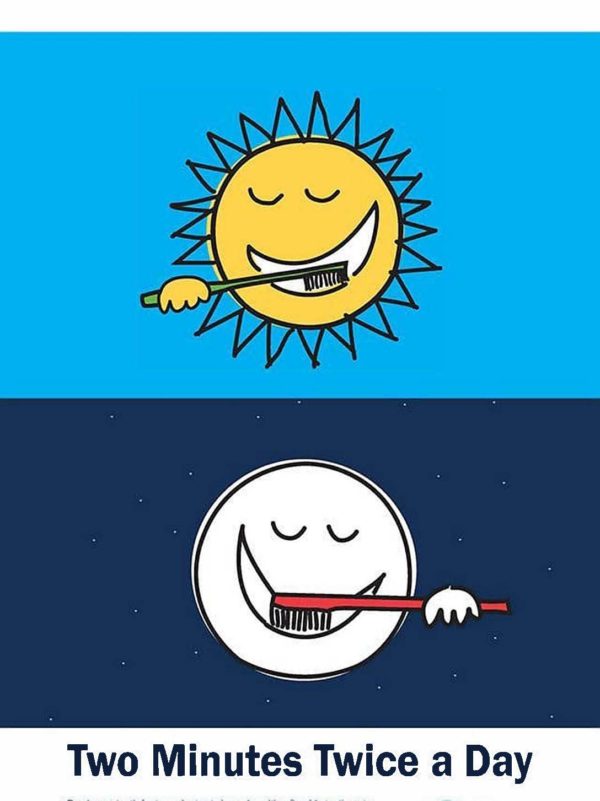 Ages 10-12
Ages 10-12
